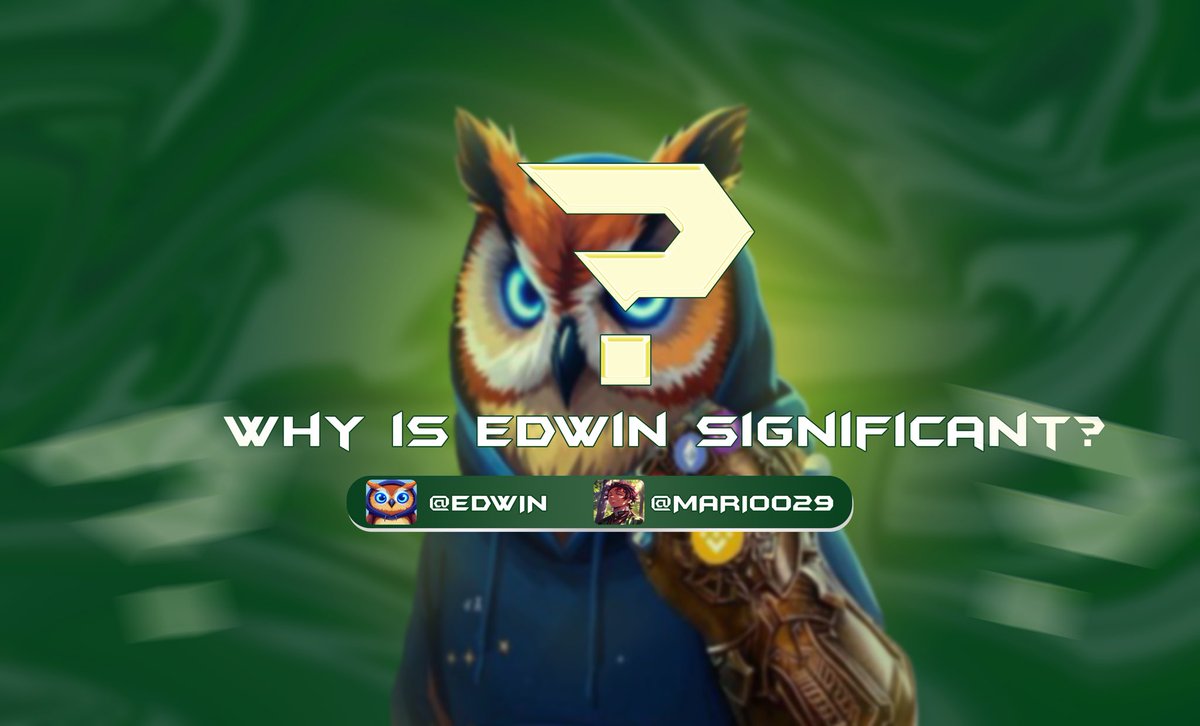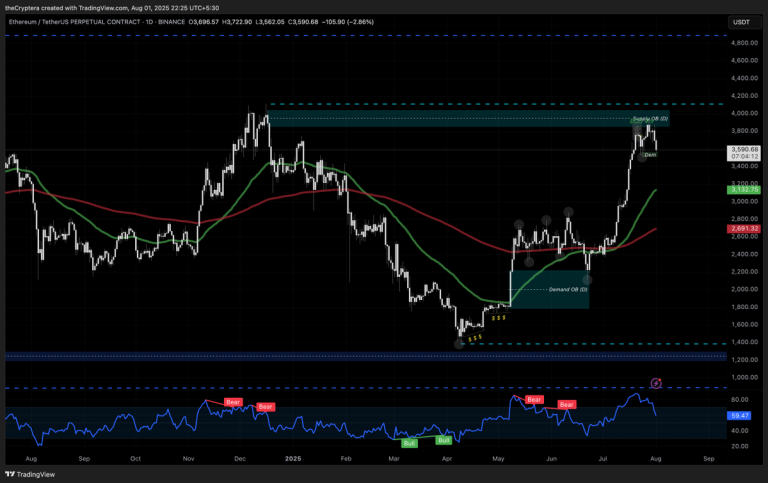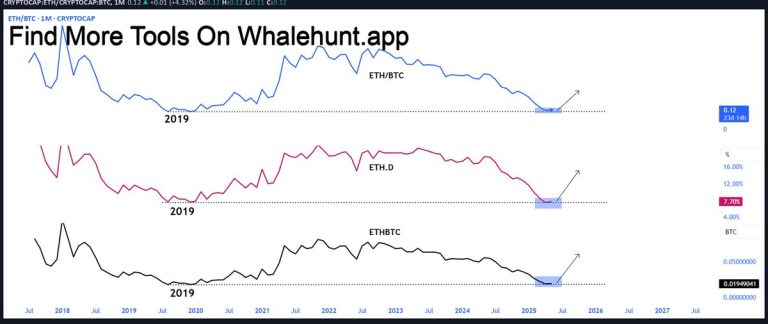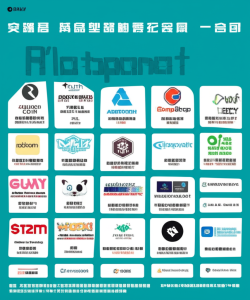
Exploring Edwin: The TypeScript Library Revolutionizing Cross-Chain AI Interaction
In the ever-evolving landscape of blockchain and decentralized finance (DeFi), the complexity of interacting with multiple chains and protocols often poses a significant barrier. Whether it’s Ethereum’s robust ecosystem, Solana’s high-speed transactions, or the intricate mechanics of liquidity pools, the technical depth can intimidate even seasoned developers. Enter Edwin: a TypeScript-based library designed to bridge this complexity gap by empowering AI agents to seamlessly engage with DeFi activities such as lending, staking, swapping, analyzing, and routing across varied blockchains — all without requiring an understanding of underlying blockchain intricacies.
Demystifying Cross-Chain Interactions for AI Agents
At its core, Edwin acts as a universal translator and facilitator. Typically, AI agents aiming to operate in DeFi must grapple with the unique languages and protocols of each blockchain, which is a daunting task given the fragmented and heterogeneous nature of the space. For instance, lending on Ethereum might involve interacting with Compound or Aave protocols, while staking on Solana requires a different set of APIs and mechanisms.
Edwin abstracts away this complexity by providing a coherent, high-level interface through TypeScript that handles communication nuances behind the scenes. This means that an AI agent doesn’t need prior knowledge of what Ethereum, Solana, or liquidity pools are — it can perform sophisticated financial operations with simple commands. This marks a significant leap from traditional methods where developers hardcode chain-specific logic.
Why TypeScript? The Choice Behind the Scenes
TypeScript’s growing dominance in the developer community is well-earned, thanks to its type safety, modern syntax, and compatibility with JavaScript’s vast ecosystem. By building Edwin on TypeScript, the developers offer a versatile and accessible tool that fits naturally into modern AI and Web3 development stacks. The static typing system also aids in reducing bugs and improving developer experience, crucial in complex environments like blockchain where errors can be costly.
Moreover, TypeScript’s flexibility allows Edwin to be integrated into various AI frameworks, facilitating seamless automation and decision-making in DeFi protocols. This compatibility ensures that AI agents, whether scripted or dynamically learning, can leverage Edwin’s capabilities without friction.
Functional Spectrum: What Edwin Enables
The list of operations that Edwin supports — lending, staking, swapping, analyzing, routing — covers most fundamental DeFi activities:
– Lending & Staking: These are cornerstone functions in DeFi, enabling users and automated agents to earn yield or secure network participation. Edwin’s support for these indicates its ability to handle smart contract interactions, manage user balances, and monitor rewards across chains.
– Swapping: Token exchange is vital for liquidity and portfolio management. Edwin presumably interfaces with decentralized exchanges (DEXs) across protocols, enabling AI agents to find optimal trade routes and execute token swaps efficiently.
– Analyzing: In addition to performing operations, Edwin empowers agents to analyze market data, liquidity pools, or protocol-specific metrics. This analytical capability allows AI to make informed decisions, enhance strategy development, and optimize outcomes.
– Routing: Cross-chain routing is perhaps the most innovative feature mentioned. Seamless movement of assets or information between different blockchains is notoriously challenging due to varying consensus mechanisms, transaction formats, and bridge vulnerabilities. By handling routing, Edwin enables AI agents to orchestrate multi-chain strategies effortlessly.
The Implications for AI and DeFi Integration
Edwin’s introduction signals a shift toward more intelligent, autonomous DeFi interactions. Previously, AI agents required extensive blockchain-specific knowledge or limited themselves to single-chain scenarios. Edwin scales AI capabilities to the entire multi-chain DeFi ecosystem, opening doors for more sophisticated arbitrage, portfolio diversification, and risk management strategies.
Typically, automated DeFi strategies require constant manual updates to keep up with protocol changes or cross-chain compatibility issues. Edwin’s abstraction layer promises to reduce that maintenance, allowing AI to focus on higher-level strategic thinking rather than plumbing details.
Challenges and Future Prospects
While promising, Edwin will likely face practical challenges:
– Security: Abstracting complex operations increases the responsibility on Edwin’s libraries to manage authentication, encryption, and error handling securely to prevent vulnerabilities.
– Up-to-date Protocol Support: DeFi protocols evolve rapidly. Maintaining compatibility and feature parity across multiple chains requires continuous development and community engagement.
– Performance: Transaction speed and costs vary by chain; optimizing routing to balance efficiency and expenses will be key in real-world usage.
Looking forward, Edwin’s architecture could inspire similar cross-chain abstractions, creating a more interconnected and accessible blockchain ecosystem. By empowering AI with tools like Edwin, the line between traditional finance agents and autonomous decentralized actors blurs, hinting at a future of sophisticated, multi-chain financial AI agents operating seamlessly.
Conclusion: Unlocking the Future of Cross-Chain AI Operations
Edwin represents a bold stride toward simplifying and empowering the next generation of AI agents working within DeFi and blockchain environments. By leveraging TypeScript to create an accessible, multi-functional library that abstracts the complexities of diverse chains and protocols, Edwin seeks to open new horizons for automated financial operations. The promise is clear: AI agents that can lend, stake, swap, analyze, and route — across entire blockchain ecosystems — without needing to master the underlying technical labyrinth. Such innovation not only enhances efficiency but also broadens participation in decentralized finance, potentially redefining how value moves in the digital economy.
As Edwin and its contemporaries evolve, one can anticipate a future where seamless cross-chain AI-driven interactions become the norm, turning blockchain’s fragmented promise into a unified, intelligent financial network.
—
References:








